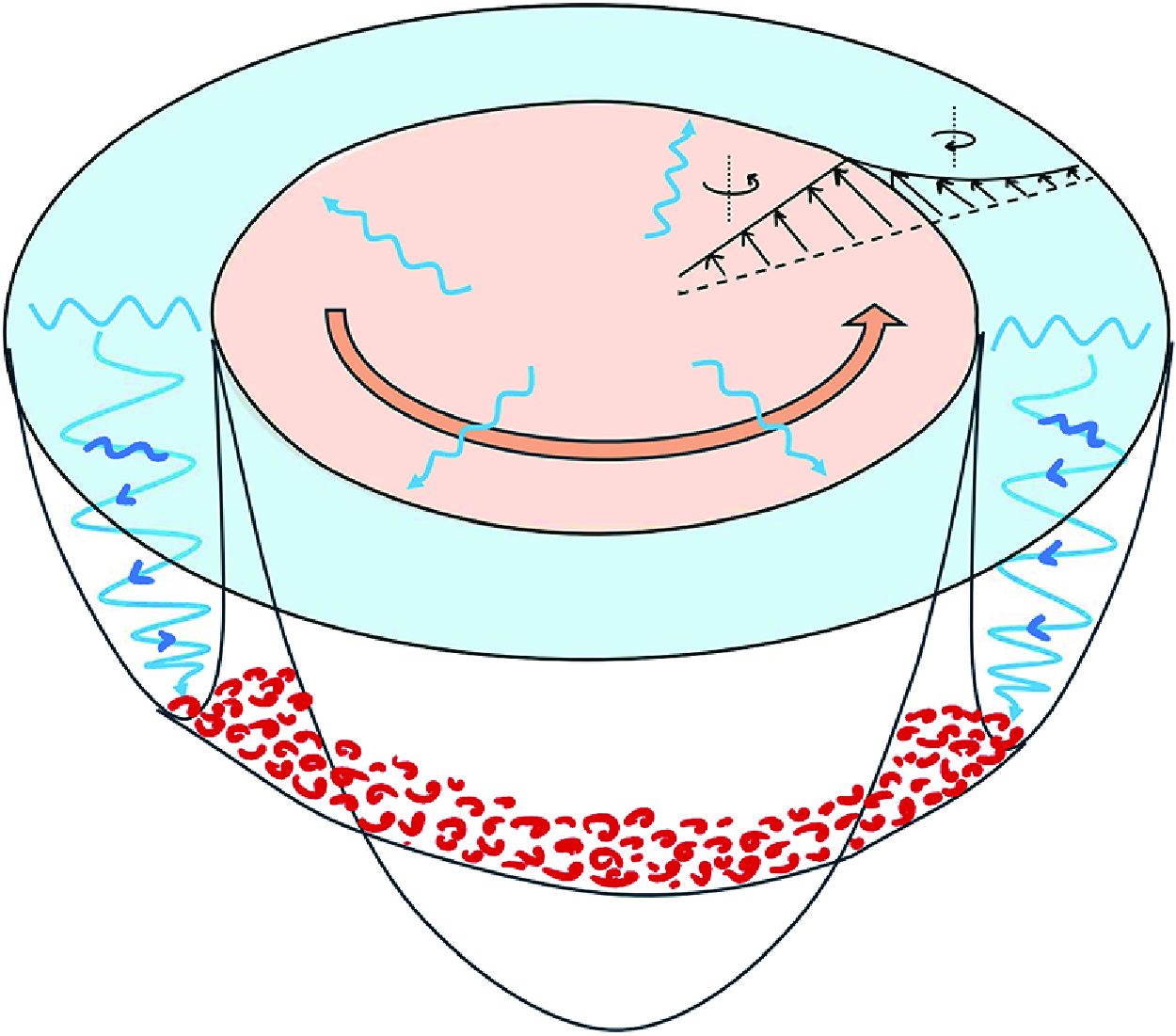Refine listing
Actions for selected content:
1418733 results in Open Access
African Studies Keyword: Human
-
- Journal:
- African Studies Review / Volume 68 / Issue 2 / June 2025
- Published online by Cambridge University Press:
- 18 July 2025, pp. 338-359
-
- Article
-
- You have access
- Open access
- HTML
- Export citation
Evaluation and treatment of pericardial effusion in paediatric patients post-haematopoietic cell transplantation
-
- Journal:
- Cardiology in the Young / Volume 35 / Issue 8 / August 2025
- Published online by Cambridge University Press:
- 18 July 2025, pp. 1644-1653
-
- Article
- Export citation
International Migration Responses to Modern Europe’s Most Destructive Earthquake: Messina and Reggio Calabria, 1908
-
- Journal:
- The Journal of Economic History / Volume 85 / Issue 3 / September 2025
- Published online by Cambridge University Press:
- 18 July 2025, pp. 617-663
- Print publication:
- September 2025
-
- Article
-
- You have access
- Open access
- HTML
- Export citation
Meritocracy in psychiatry training: abandoning the common good: commentary, Howarth et al
-
- Journal:
- The British Journal of Psychiatry / Volume 227 / Issue 2 / August 2025
- Published online by Cambridge University Press:
- 18 July 2025, p. 579
- Print publication:
- August 2025
-
- Article
- Export citation
Joint phase shift and time delay to reduce beam splitting effect on reflecting intelligent surface
-
- Journal:
- International Journal of Microwave and Wireless Technologies / Volume 17 / Issue 4 / May 2025
- Published online by Cambridge University Press:
- 18 July 2025, pp. 582-594
-
- Article
- Export citation
The multiplier in a small open economy two-agent New Keynesian model under alternative tax financing methods
-
- Journal:
- Macroeconomic Dynamics / Volume 29 / 2025
- Published online by Cambridge University Press:
- 18 July 2025, e121
-
- Article
- Export citation
Environmental co-benefits of a Mediterranean-style dietary intervention for reducing depressive symptoms in adults: results from the Curbing Anxiety and Depression using Lifestyle Medicine randomised controlled trial
-
- Journal:
- British Journal of Nutrition / Volume 134 / Issue 2 / 28 July 2025
- Published online by Cambridge University Press:
- 18 July 2025, pp. 115-123
- Print publication:
- 28 July 2025
-
- Article
-
- You have access
- Open access
- HTML
- Export citation
Rupturing the Temporality of Pharmaceutical Patents: A Sketch for a New Temporal Economy of Pharmaceutical Markets
-
- Journal:
- Journal of Law, Medicine & Ethics / Volume 53 / Issue 3 / Fall 2025
- Published online by Cambridge University Press:
- 18 July 2025, pp. 337-344
- Print publication:
- Fall 2025
-
- Article
-
- You have access
- Open access
- HTML
- Export citation
Prevalence and risk of psychiatric disorders in young people: prospective cohort study exploring the role of childhood trauma (the HUNT study): commentary, Raballo et al
-
- Journal:
- The British Journal of Psychiatry / Volume 227 / Issue 2 / August 2025
- Published online by Cambridge University Press:
- 18 July 2025, pp. 580-581
- Print publication:
- August 2025
-
- Article
- Export citation
CHRISTIAN REITZENSTEIN-RONNING, Exil und Raum im antiken Rom (Vestigia: Beiträge zur Alten Geschichte 76). Munich: C.H. Beck, 2023. Pp. ix + 486. isbn 9783406799440. €88.00.
-
- Journal:
- The Journal of Roman Studies , First View
- Published online by Cambridge University Press:
- 18 July 2025, pp. 1-2
-
- Article
- Export citation
A CONTEXTUALISED AND MULTIDISCIPLINARY APPROACH TO THE STUDY OF STONE CARVINGS IN OTTOMAN EPIRUS: THE CASE OF THE BEKTASHI HERITAGE OF KONITSA (NORTH-WEST GREECE)
-
- Journal:
- Annual of the British School at Athens , First View
- Published online by Cambridge University Press:
- 18 July 2025, pp. 1-32
-
- Article
- Export citation
Can artificial intelligence support Bactrian camel conservation? Testing machine learning on aerial imagery in Mongolia’s Gobi Desert
-
- Journal:
- Environmental Conservation / Volume 52 / Issue 3 / September 2025
- Published online by Cambridge University Press:
- 18 July 2025, pp. 149-156
-
- Article
-
- You have access
- Open access
- HTML
- Export citation
Water status but not mild and cold temperatures affect harvest damage susceptibility and tissue integrity of sugar beet (Beta vulgaris) roots
-
- Journal:
- The Journal of Agricultural Science / Volume 163 / Issue 4 / August 2025
- Published online by Cambridge University Press:
- 18 July 2025, pp. 393-402
-
- Article
-
- You have access
- Open access
- HTML
- Export citation
E. J. KENNEY and J. D. REED, A Commentary on Ovid’s Metamorphoses, Volume II: Books 7–12. Cambridge: Cambridge University Press, 2024. Pp. xix + 669. isbn 9780521895804. £120.00.
-
- Journal:
- The Journal of Roman Studies , First View
- Published online by Cambridge University Press:
- 17 July 2025, pp. 1-2
-
- Article
- Export citation
Theoretical framework for designing phase change material systems
-
- Journal:
- Journal of Fluid Mechanics / Volume 1015 / 25 July 2025
- Published online by Cambridge University Press:
- 17 July 2025, A7
-
- Article
-
- You have access
- Open access
- HTML
- Export citation
Perceived Opposition to Racially Progressive Policies and Negative Affect toward the Republican Party among Democrats
-
- Journal:
- Journal of Race, Ethnicity and Politics / Volume 10 / Issue 3 / November 2025
- Published online by Cambridge University Press:
- 17 July 2025, pp. 664-673
-
- Article
-
- You have access
- Open access
- HTML
- Export citation
EMILY GOWERS, Rome’s Patron: The Lives and Afterlives of Maecenas. Princeton and Oxford; Princeton University Press, 2024. Pp. xv + 463; illus. isbn 9780691193144 (hbk), £38.00; 9780691255989 (electronic).
-
- Journal:
- The Journal of Roman Studies , First View
- Published online by Cambridge University Press:
- 17 July 2025, pp. 1-2
-
- Article
- Export citation
Near-inertial wave propagation in a curved front
-
- Journal:
- Journal of Fluid Mechanics / Volume 1015 / 25 July 2025
- Published online by Cambridge University Press:
- 17 July 2025, R1
-
- Article
- Export citation
Shifts in Food Acquisition and Consumption Habits During COVID-19: Insights from a Diverse Sample
-
- Journal:
- Disaster Medicine and Public Health Preparedness / Volume 19 / 2025
- Published online by Cambridge University Press:
- 17 July 2025, e193
-
- Article
-
- You have access
- Open access
- HTML
- Export citation
A time-varying estimation of an external reaction function for European Monetary Union countries: the role of risk-aversion and financial openness
-
- Journal:
- Macroeconomic Dynamics / Volume 29 / 2025
- Published online by Cambridge University Press:
- 17 July 2025, e120
-
- Article
- Export citation


